Don’t Skip the Walks! Why Regular Exercise is Essential for Your Dog


Is your dog acting too hyperactive lately, barking a lot and always getting into some mischief or the other when you are not looking? All these are signs that your dog is bored and frustrated.
The answer to all these problems is regular exercise for dogs. However, dog exercise is not just about tiring them out (although it is a nice bonus); it is also important for their mental and physical well-being.
In this article, we’ll explore the many benefits of exercises for dogs, from physical health to mental well-being. So, grab your leash and get ready to learn how exercise can make your dog – and you – happier and healthier!
Benefits Of Exercising Your Dog
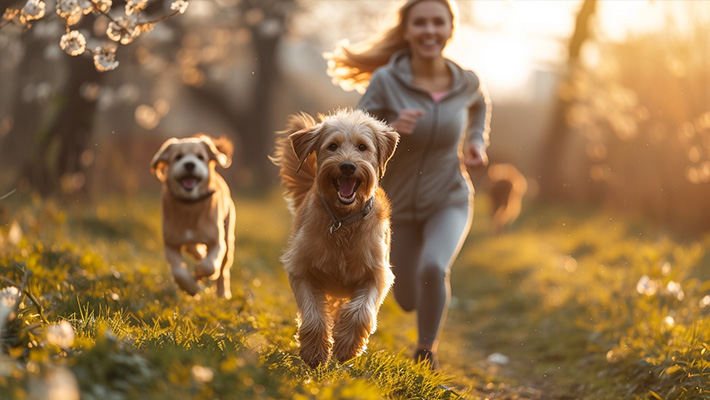
Just like us, our furry friends need physical activity to stay healthy and happy. Dogs exercise not only helps to keep their weight in check, but it also provides mental stimulation and strengthens their muscles and bones.
In this section, we have discussed in detail the benefits of regular dog exercise.
Improves Overall Physical Health
Regular Exercise helps maintain a healthy weight, promotes cardiovascular fitness, strengthens muscles and bones, and improves overall physical endurance. For example, regular physical activity helps to build lean muscle mass, which improves their overall strength and mobility. It also promotes healthy bone density, reducing the risk of fractures and other bone-related issues.
Another important benefit of exercise is the improvement of cardiovascular health in dogs. When dogs engage in activities that get their hearts pumping, it strengthens their cardiovascular system, leading to better circulation and a reduced risk of heart disease.
Mental Stimulation
Dogs need mental stimulation as much as physical exercise. Regular exercise engages their senses, provides novel experiences, and reduces boredom. It can prevent destructive behaviors that result from pent-up energy and boredom, such as chewing, digging, and excessive barking.
Behavior Management
Exercise plays a vital role in managing and preventing behavioral problems in dogs. It helps to burn off excess energy, reduce anxiety, and alleviate stress. Dogs who receive sufficient exercise are generally calmer, more relaxed, and less likely to engage in undesirable behaviors like excessive barking, chewing furniture, or digging up the yard.
Bonding and Socialization
Exercise provides an opportunity for you and your dog to spend quality time together, strengthening the bond between you. Activities like walking, hiking, or playing fetch allow you to interact and communicate with your dog, enhancing the human-animal relationship. Additionally, exercise can facilitate socialization with other dogs and people, promoting positive behavior and reducing aggression or fear towards unfamiliar situations.
Weight Management
Regular exercise helps dogs maintain a healthy weight or lose excess pounds if needed. Obesity is a common issue in dogs, and it can lead to various health problems. By engaging in physical activity, dogs burn calories, build muscle mass, and enhance their metabolism, contributing to weight control and overall fitness.
Energy Outlet
Many dog breeds have innate energy and exercise requirements. Regular exercise provides an outlet for their energy, preventing restlessness and hyperactivity. By fulfilling their exercise needs, you can create a calmer and more contented dog, which can positively impact their behavior and overall well-being.
Increased Lifespan
A physically active lifestyle can contribute to a longer and healthier life for your dog. Regular exercise helps prevent obesity-related diseases, strengthens the immune system, improves circulation, and reduces the risk of various health conditions, such as heart disease, diabetes, and certain cancers.
How Much Exercise Does Your Dog Need?
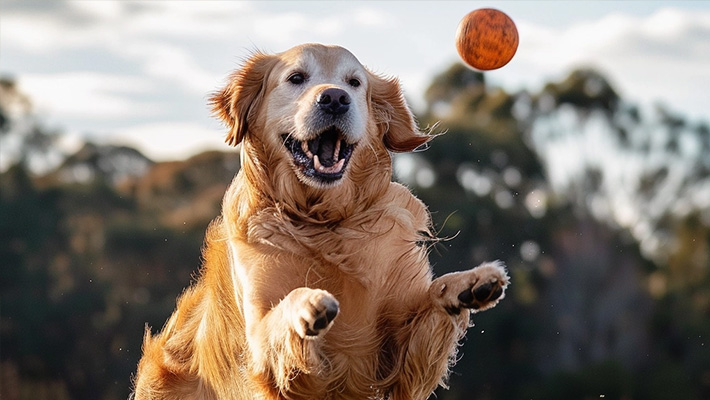
The amount of exercise your dog needs will depend on several factors, including their age, breed, and overall health. Puppies, for example, have more energy and may require more exercise compared to older dogs. Similarly, high-energy breeds such as Border Collies or Labrador Retrievers will need more exercise compared to smaller, low-energy breeds like Bulldogs or Pugs.
As a general guideline, most adult dogs require at least 30 minutes to 2 hours of exercise per day. However, it is important to keep in mind that this is just an estimate, and you should tailor the exercise routine to your individual dog’s needs. If your furry friend seems overly tired or restless, you may need to adjust the duration or intensity of the exercise.
Consulting with your veterinarian can also help you determine the appropriate amount of exercise for your dog. They will consider your dog’s specific needs and provide guidance based on their age, breed, and any underlying health conditions.
Types Of Physical Activities For Dogs
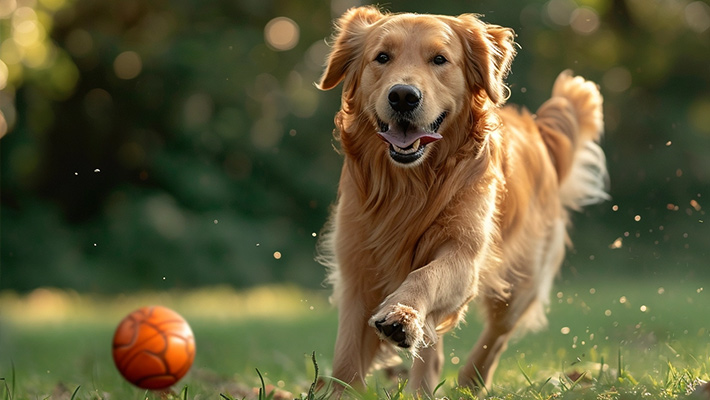
When it comes to exercising your dog, there are various types of physical activities to choose from. The key is to find good exercises for dogs that both you and your furry friend enjoy, as it will make the experience more enjoyable for both of you.
Here are some activities that you can consider if you want to know how to exercise your dog:
Walking
One of the most common types of exercise for dogs is walking. Taking your dog for a brisk walk not only provides them with physical activity but also allows for mental stimulation as they explore their surroundings and interact with other creatures. They provide cardiovascular benefits and help maintain a healthy weight. You can vary the duration and intensity of the walks based on your dog’s age, breed, and fitness level.
Jogging/Running
If you enjoy running or jogging, you can include your dog as your exercise partner. Many dogs, especially high-energy breeds, make excellent running companions. Start with shorter distances and gradually increase the intensity and duration over time. Ensure your dog is physically capable of sustaining the activity, and consider factors such as age and joint health.
Hiking
If you enjoy the outdoors, hiking is a fantastic activity to do with your dog. It offers a combination of physical exercise, mental stimulation, and exposure to new sights and smells. Make sure to choose trails suitable for dogs, keep them on a leash as required, and bring along water and snacks for both of you.
Playing Fetch
Playing fetch is another great way to exercise your dog. It engages both their physical and mental faculties as they chase after the ball and bring it back to you. This game can be played in your backyard or at a nearby park, providing ample space for your dog to run and stretch their legs.
Swimming
Swimming is also an excellent form of exercise for dogs that enjoy the water, especially during the hot summer months. It is a low-impact activity that is gentle on their joints while still providing a full-body workout. This workout is particularly beneficial for dogs with joint issues or those recovering from injuries. If you have access to a pool or a dog-friendly beach, consider taking your furry friend for a swim.
Agility Training
Agility training involves navigating obstacles such as jumps, tunnels, and weave poles. It provides mental stimulation, improves coordination, and enhances overall fitness. Agility courses can be set up in your backyard, or you can join organized classes or clubs.
Dog Sports
Engaging in dog sports like obedience trials, flyball, dock diving, or disc dog competitions can provide both mental and physical exercise for your dog. These activities often involve teamwork and can be a great way to bond with your dog while keeping them active.
Fun Games and Activities for Dogs for Mental Stimulation
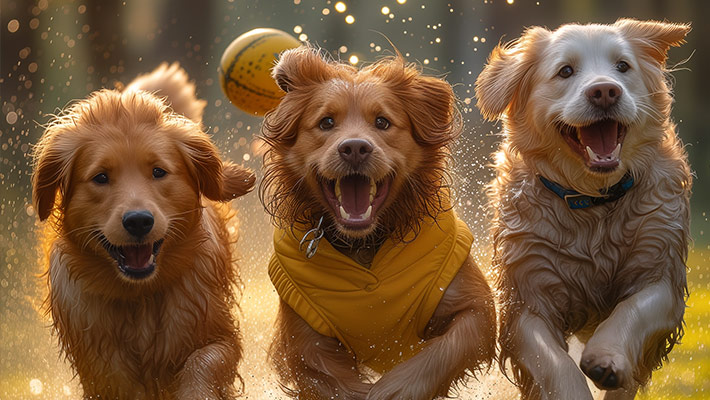
In addition to the traditional ways to exercise your dog mentioned above, there are numerous fun games and activities that you can incorporate into your daily routine for dog. These activities not only provide physical exercise but also stimulate their minds.
In addition to physical exercise, mental stimulation is equally important for your dog’s overall well-being. Engaging their minds helps to prevent boredom, reduce anxiety, and promote cognitive development. If one of your concerns was ‘how to exercise my dog that can help in stimulating their mind,’ then read on:
Hide and Seek
One fun game that you can consider playing with your dog is hide-and-seek. Start by hiding treats or toys throughout your house or yard and encourage your dog to find them. You can also consider hiding yourself. Have your dog sit and stay while you hide somewhere in the house.
Then, call their name or give a command to search for you. When they find you, reward them with praise, treats, or a favorite toy. As your dog becomes more skilled, you can make the hiding spots more challenging. This game engages their sense of smell and provides mental stimulation as they search for hidden treasures.
Puzzle Toys/Treat Dispensing Toys
Another enjoyable activity for dogs is puzzle toys or treat-dispensing toys. These toys challenge your dog to solve puzzles and figure out how to access the treats. This keeps their minds busy and entertained. They also provide a great way to keep your dog occupied when you’re not available to play with them directly.
Training Sessions
One of the best ways to incorporate mental stimulation into your dog’s exercise routine is through regular training sessions. Dogs enjoy learning and engaging in activities that challenge them mentally. Teach your dog new tricks or commands and practice them during your exercise sessions. This not only provides mental stimulation but also strengthens your bond with your furry friend.
DIY Obstacle Courses
You can also create obstacle courses or set up agility equipment in your backyard to provide both physical and mental stimulation for your dog. This can include items such as tunnels, jumps, and weave poles.
You can use household items like cones, tunnels made from blankets, and hurdles made from broomsticks to create the obstacle course. After creating it, guide your dog through the course. Don’t forget to reward them with treats or praise for completing each obstacle.
Playdates
If your dog enjoys socializing with other dogs, consider organizing playdates or visiting a dog park. These environments provide ample opportunities for your furry friend to interact, run, and play with other dogs, allowing for both physical exercise and socialization.
Tips for Safely Exercising Your Dog
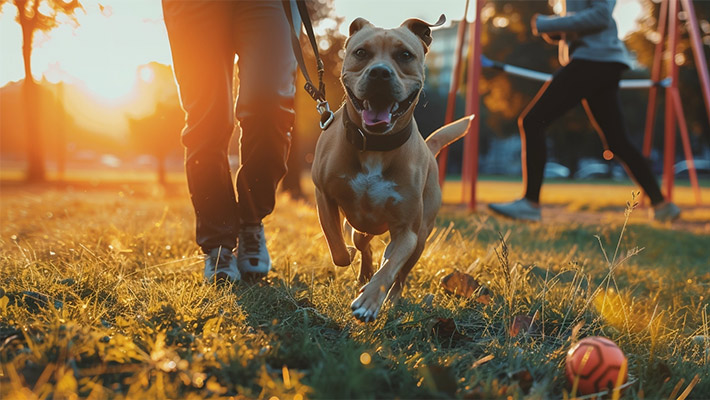
Now that you know how to exercise a dog, you also need to know that it is equally important to ensure their safety during physical activities.
Here are some tips to help you exercise your dog safely:
Warm-up and cool-down session
Just like humans, dogs’ benefit from a warm-up and cool-down before and after exercise. Start with a few minutes of gentle walking or stretching to prepare their muscles and joints and end the session with a slower-paced activity to allow their bodies to cool down.
Stay Hydrated
Always carry a water bottle and a collapsible bowl during your exercise sessions. Dogs can easily become dehydrated, especially during hot weather or intense activities. Offer them water breaks frequently to keep them hydrated.
Watch out for signs of fatigue or overheating: Keep an eye out for signs that your dog may be getting tired or overheated, such as excessive panting, falling behind, or lying down, unwilling to continue. If you notice any of these signs, take a break and provide your furry friend with some rest and water.
Avoid Exercising In Extreme Weather Conditions
Extreme heat or cold can be dangerous for your dog. If the weather is too hot, exercise early in the morning or late in the evening when temperatures are cooler. In cold weather, consider providing your dog with a sweater or coat to keep them warm.
Use Proper Equipment
When engaging in activities such as jogging or biking with your dog, make sure to use a sturdy leash and harness. This will provide better control and prevent any accidents or injuries.
Wrapping Up
By incorporating regular exercise into your dog’s daily routine, you can help your dog live a happier, healthier, and more fulfilling life. It will also help you to bond deeply with your dog. But remember to tailor the dog exercise routine to your dog’s needs, monitor their progress and adjust as necessary.





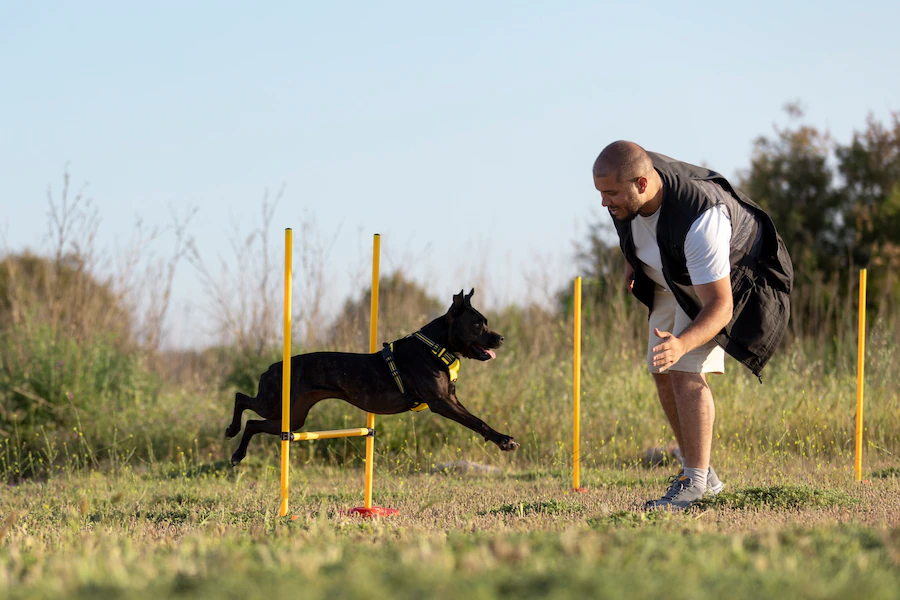
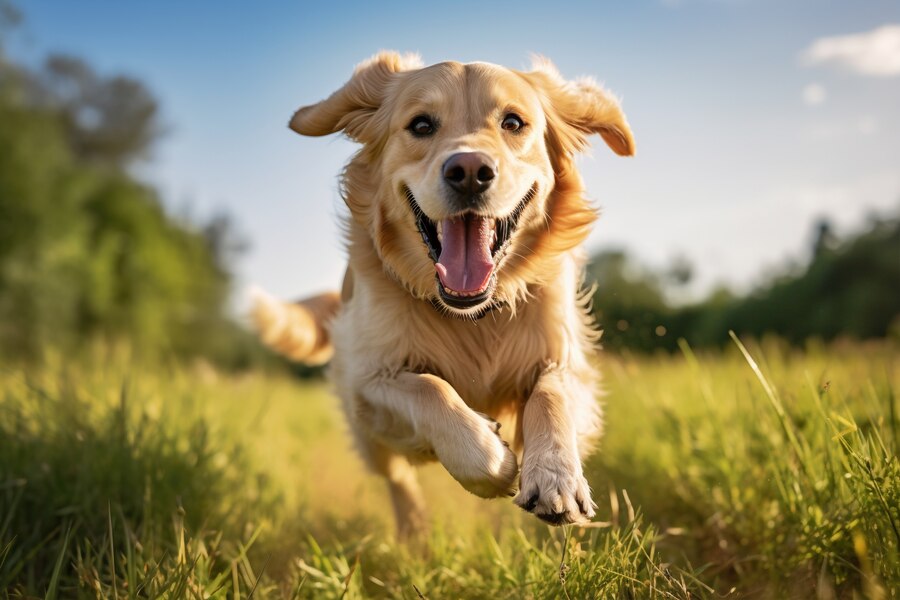

Leave A Comment